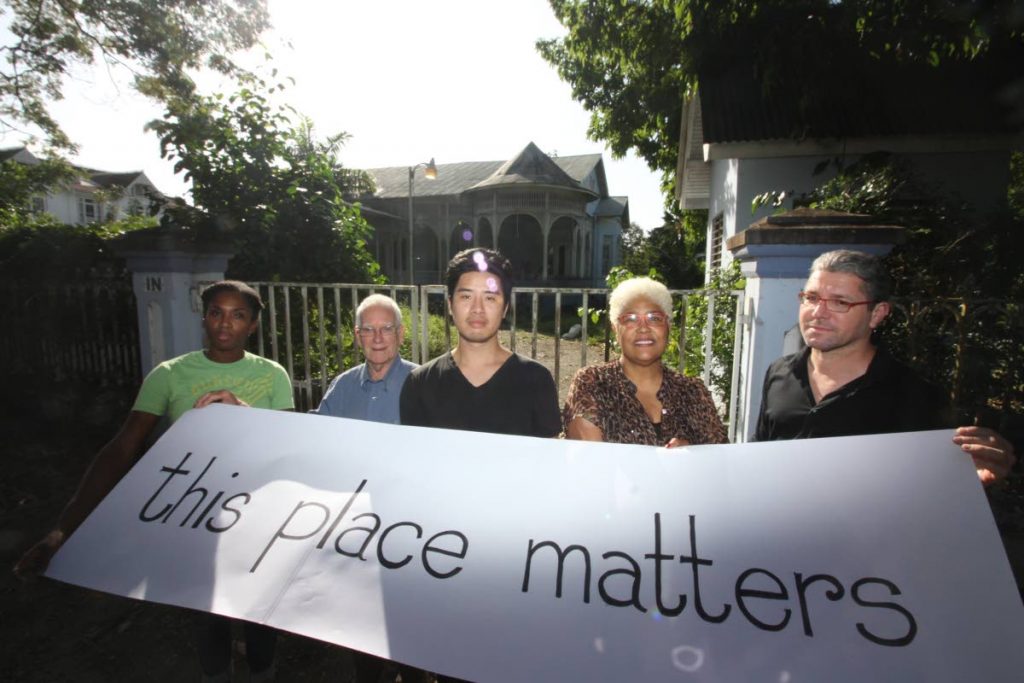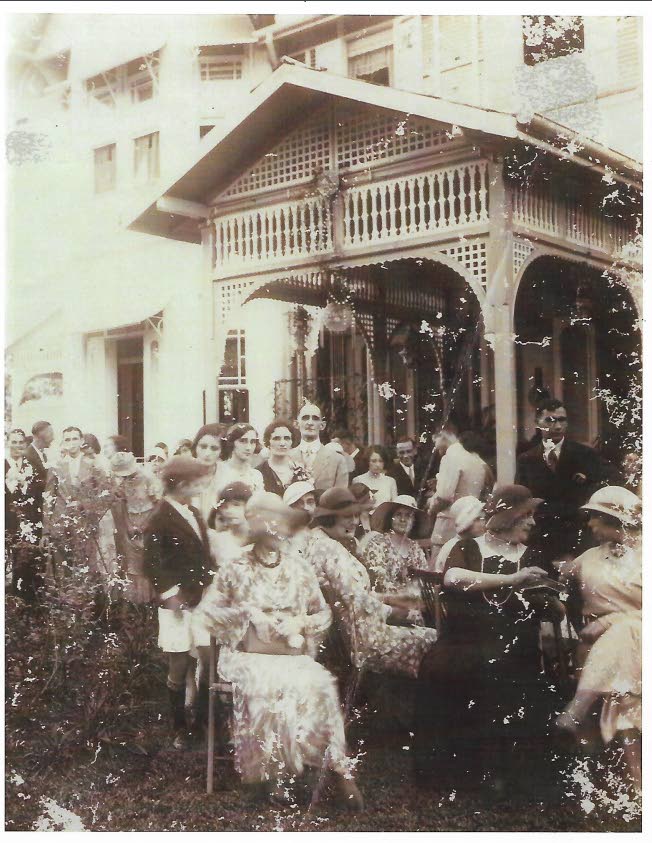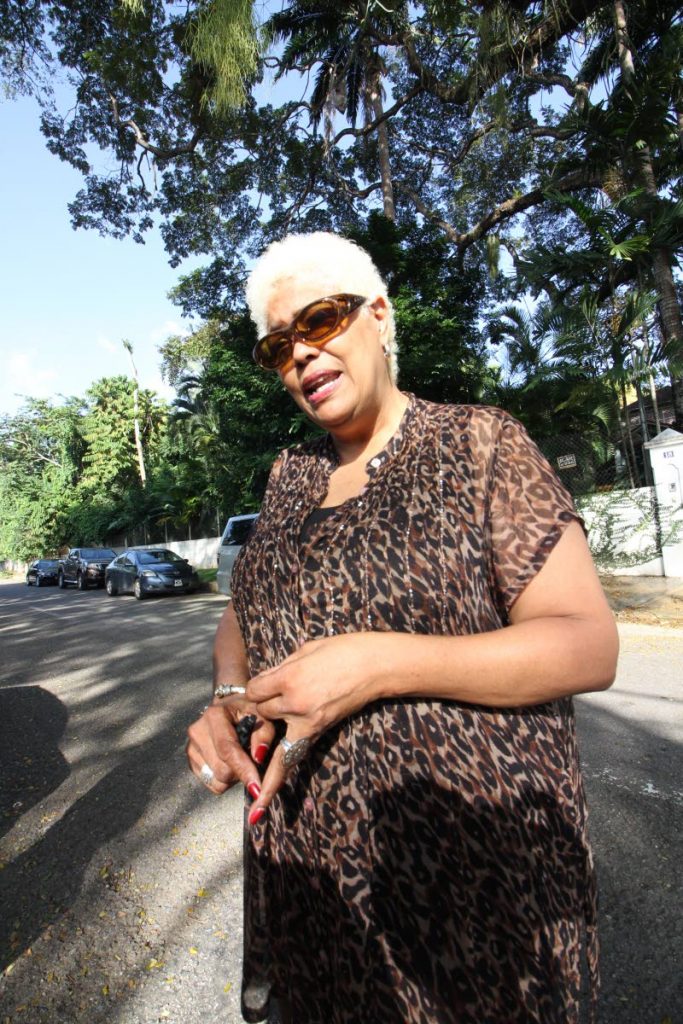Saving the Speaker’s House: TT must preserve its built history

JAMES DUPRAJ
Artist and history enthusiast Joshua Lue Chee Kong is part of Citizens for Conservation (CFC, citizensforconservationtt.org), an NGO that is seeking to change the public perception of natural and built heritage in TT.
Formed in 1985 following the public outcry over the intended demolition of the George Brown House on the Queen’s Park Savannah, Port of Spain, CFC provided an official voice for the protection of TT’s natural and man-made heritage, consisting of architects, engineers, and private citizens.
The group’s major accomplishment has been the advocacy work that resulted in the drafting of the National Trust Act of 1991 (enacted in 1999).
Other accomplishments include the publication of books and studies on national heritage, public outreach programmes such as the Day of 1,000 Trees, and ongoing work with schoolchildren by providing resources, information and the correction of research papers. CFC also provides support for the National Trust and other interested groups, lobbying as the need arises for the respect, protection, and preservation of aspects of TT’s heritage.
Last month, as news of the planned demolition of the old Speaker’s House at 9 Mary Street, St Clair spread over local media, CFC immediately jumped into action, Lue Chee Kong being one of the younger and more visible advocates for the property through a social media campaign, This Place Matters. The structure, which is approximately 100 years old, was once the official residence of the Speaker of the House of Representatives.

The last Speaker to live there was Occah Seapaul, who was placed under house arrest there by the late Patrick Manning. Yesterday Lue Chee Kong and a few supporters took the campaign outside the house, holding a This Place Matters placard.
As Lue Chee Kong explains, his interest in the built history of TT expanded when he met Geoffrey MacLean, founding member of CFC.
CFC “shared the same passion I did in preserving the history of TT. I personally see a lot of our history become lost overnight, which makes me work harder in trying to do what I can to save as much of that history,” he says of how his personal passion for conservation has been strengthened by the group’s efforts.
The This Place Matters campaign was conceived by CFC, and as Lue Chee Kong explains, “Everyone has their favourite buildings and their own stories attached to them. By sharing all this information through social media, it will show that people still care about their heritage.”
While the campaign to protect the Speaker’s House is still in its infancy stages, he says the organisation hopes that members of the public and concerned citizens will share their own images of historic buildings and share their personal histories with such structures.

“Just use the hashtags #thisplacematterstt, #ttheritagematters, #isWeTing, and #cfctt when posting to social media,” he reminds others, for an organised online movement that might help the campaign in the right direction.
Lue Chee Kong is an avid collector of artifacts from both local and foreign lands, and his passion for historical significance and the preservation of heritage is both personal and professional.
Many of his artistic creations explore notions of identity through historical roots. “The role of heritage is having pride in our history and in our story,” he says, echoing the age-old saying, “If you don’t know from where you come, how can you know where you’re going?”
He points out that much of TT’s recent recorded history involves trappings of the colonial era, which are either grossly neglected or left to be forgotten, becoming gaping ghost structures that only whisper of their grandiose pasts and roles in our local story.
“Even under colonialism there were many attempts to suppress our diverse cultural backgrounds, but under oppression we were able to develop our own voices through music, the arts, and Carnival,” he says of the tumultuous colonial reign TT’s ancestors survived and even died through.
“Even our built heritage is unique, as (the buildings) each contain mixed architectural elements represented by the various cultural groups that were brought together in the colonial era.”
It is as if these structures are as multi-faceted and multi-cultural as this country’s people. They represent marriages of different social and cultural influence – influences that may be lost forever if heritage conservation is not constantly advocated.

It was the push for urban development during the oil boom that allowed many architectural gems to be demolished in “mad haste,” according to Lue Chee Kong. With this quick-footed agenda, there hasn’t been much time to document or learn the history of such sites before – or after – they’re gone forever.
“Only a handful of people are interested in exploring this history, as we are more concerned about the next fete than retracing our own history and origins,” he admonishes, commenting on the ever-present “party mentality” the nation has been both praised and rebuked for.
Another issue of conservation efforts is that very few of these historical sites and buildings are accessible to the public and have been left in such states of disrepair that public interest in their ancient significance has waned and sometimes completely evaporated. “There are so many opportunities to engage with the public to teach them the history of these spaces and still make it profitable so that the building can be maintained,” he says of the progressive restoration that can be done, such as: “Making these buildings more accessible to the public by doing tours and hosting events relating to the history of the space is one direction.”
The efforts are monumental, as are the challenges, but social media platforms have allowed Lue Chee Kong to share his own discoveries and adventures in TT’s jaded but rich history, leaving audiences more interested in their collective pasts. While the work is sometimes thankless, he says he continues to do what he can as an average but concerned citizen to spread awareness and call people to action – such as the This Place Matters campaign.
As for the future of conservation in TT, Lue Chee Kong thinks that our best hope is coming generations and programmes that will engage them. “This should be done in conjunction to having workshops and internships that will help teach the youth various conservation methods to maintain these sites, as this would provide them with a means to earning an income and preserving their culture.”
He also said laws protecting legally listed historical sites must be enforced and noted there are tax incentives for owners who wish to restore their buildings.

Comments
"Saving the Speaker’s House: TT must preserve its built history"